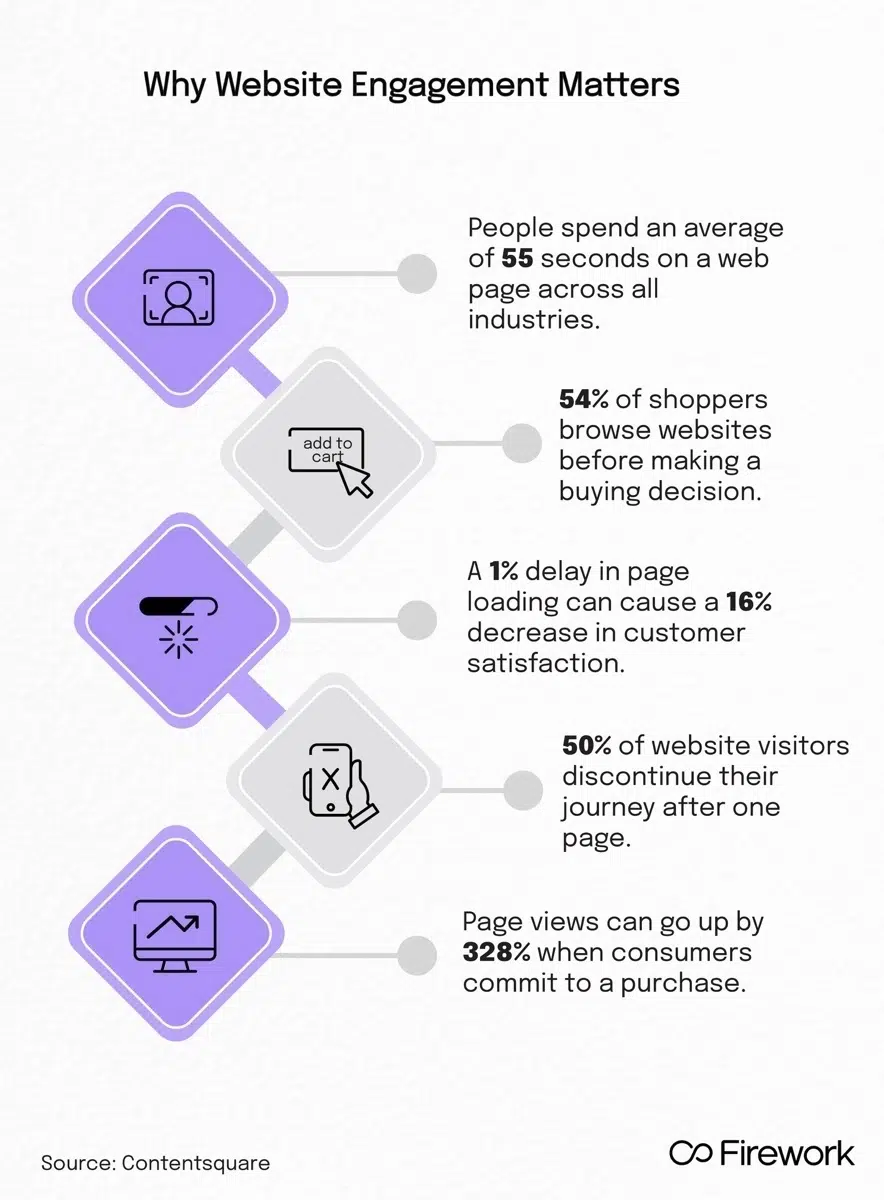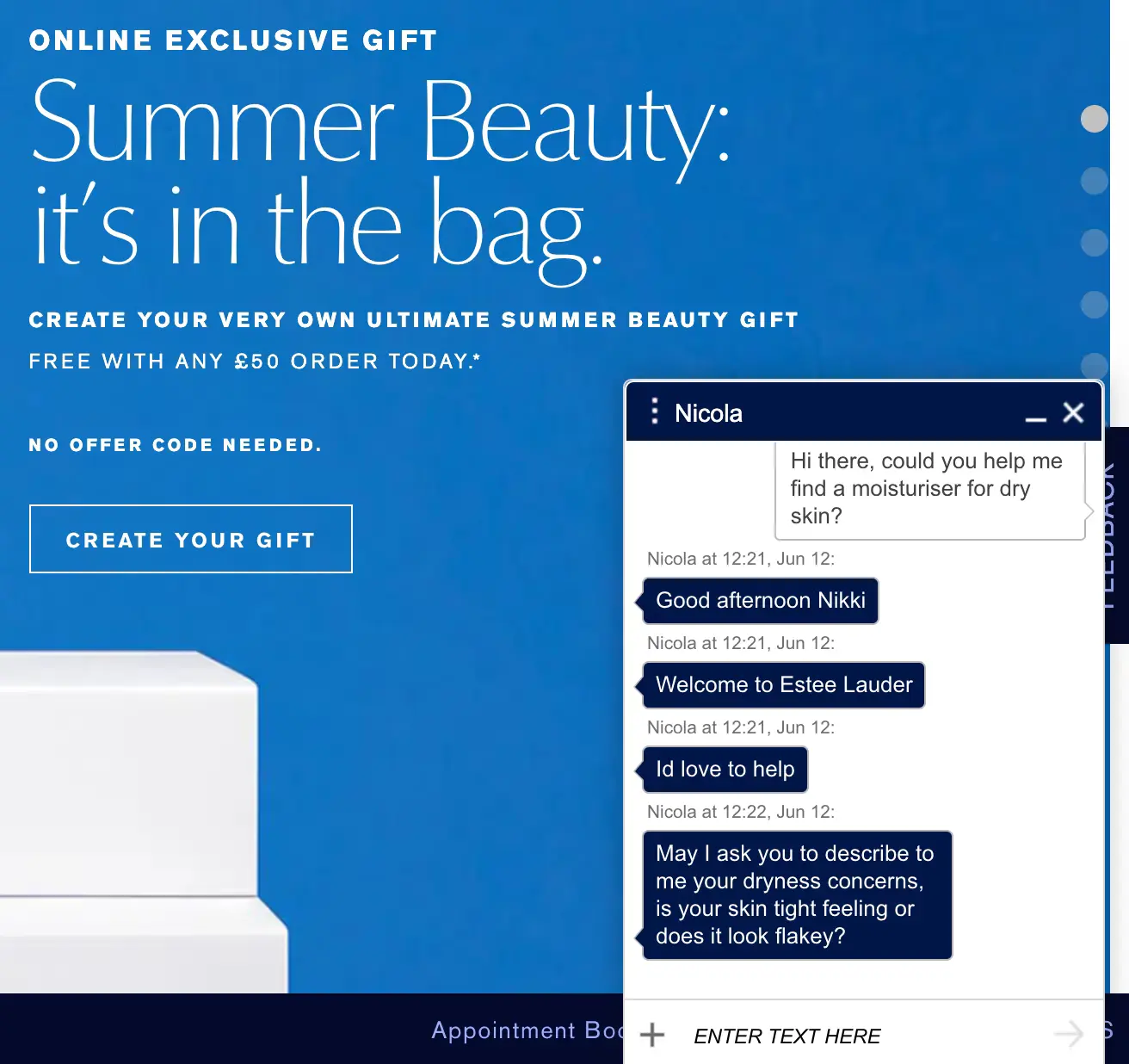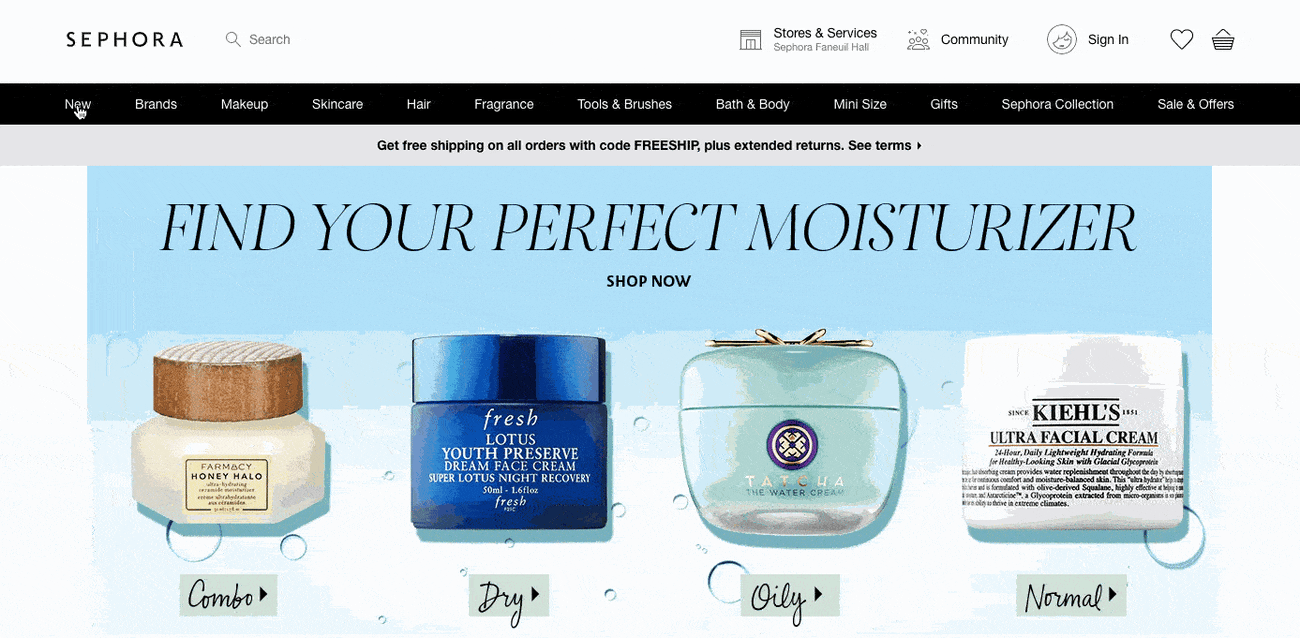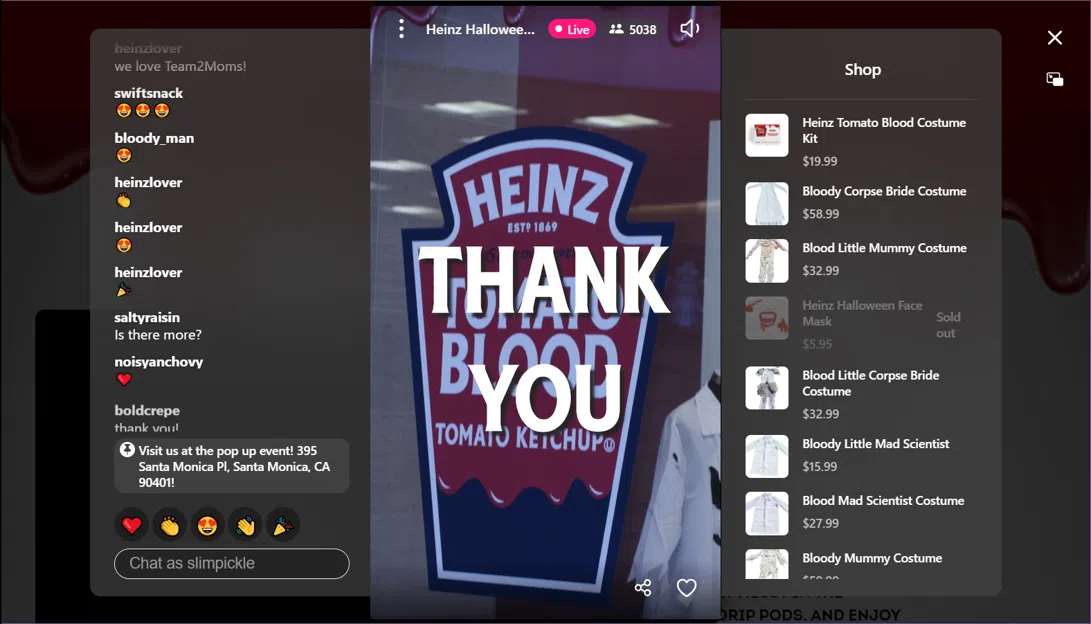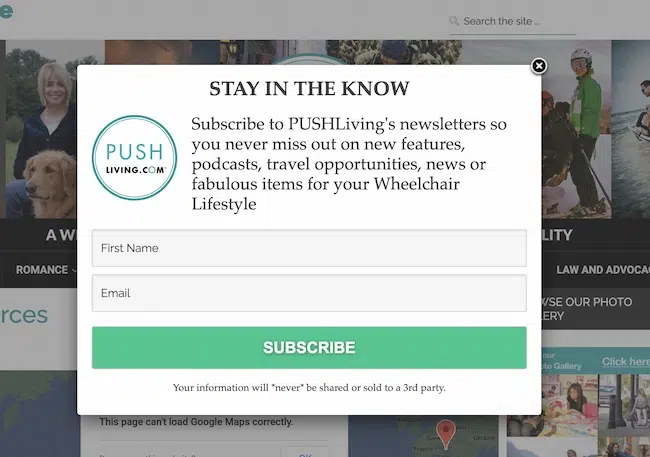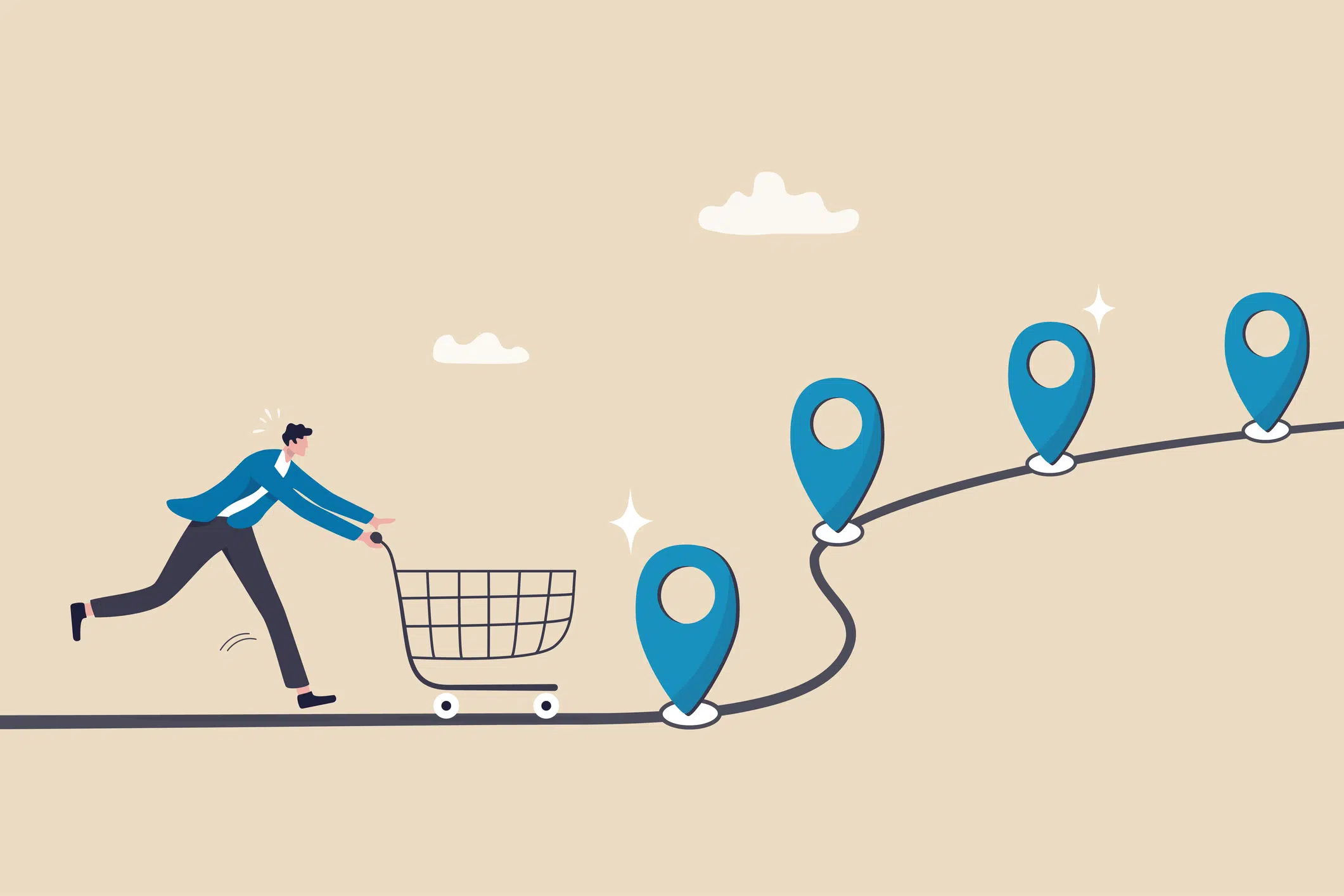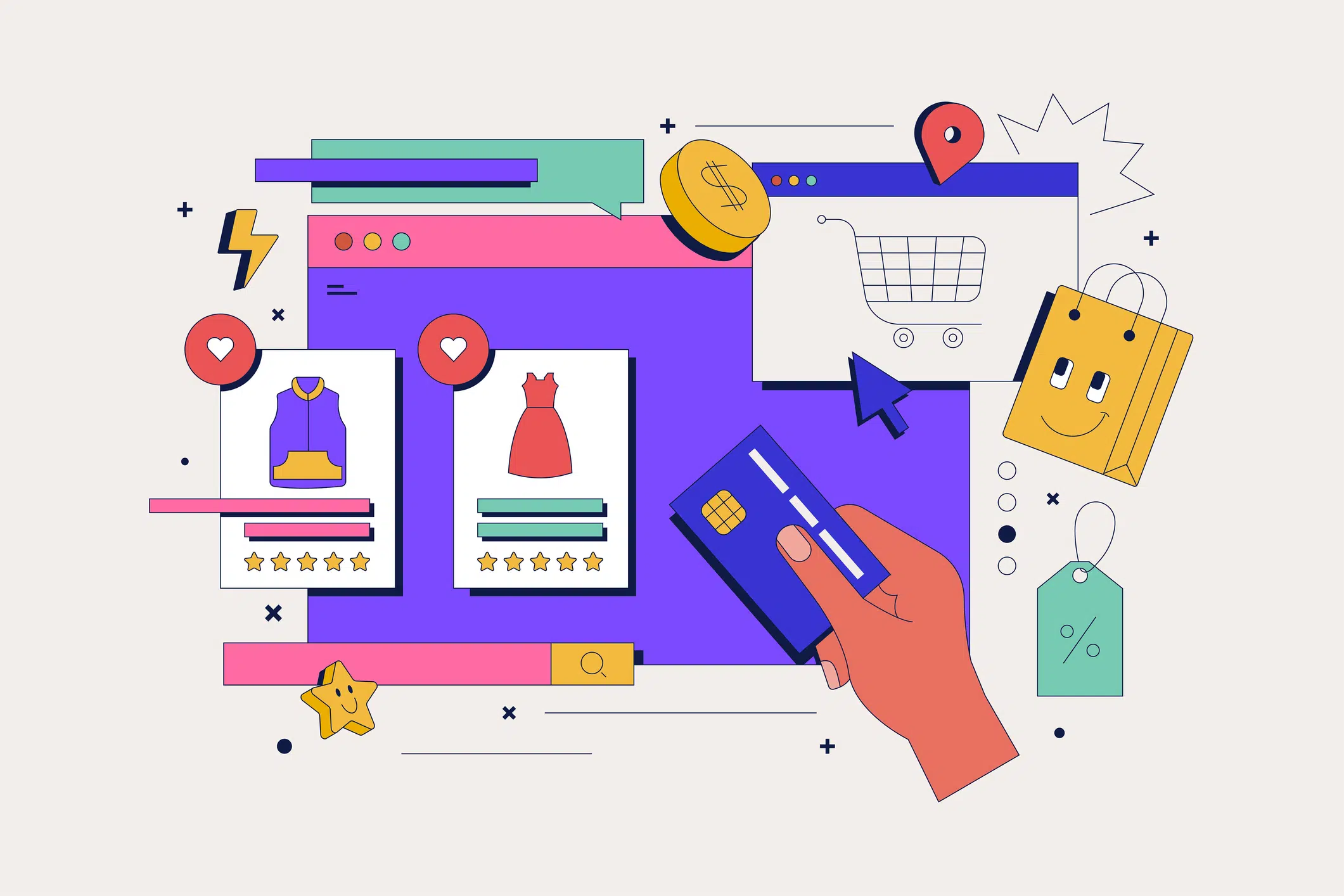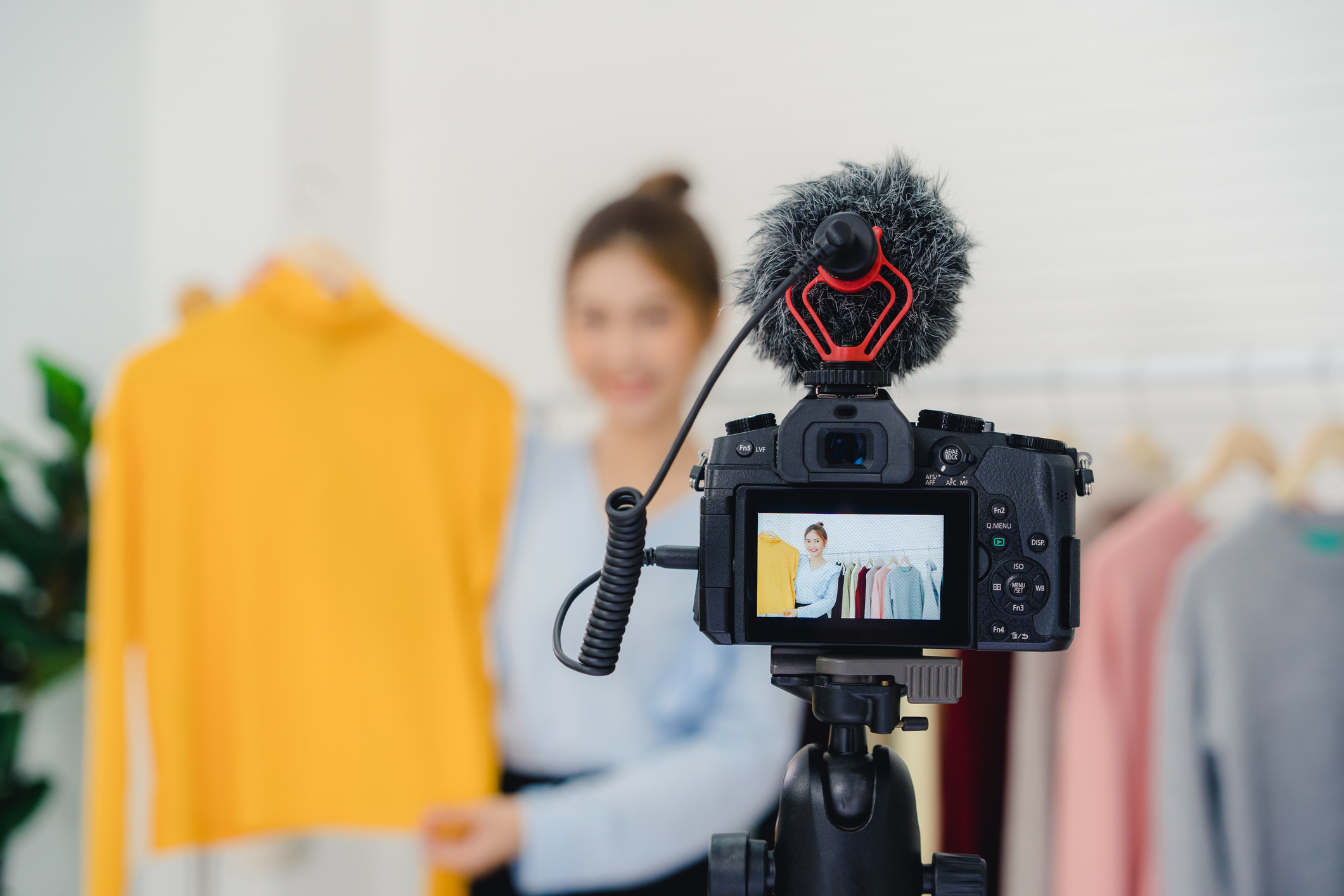In today’s digitally-evolved world, customer experience is not limited to a single touchpoint in the purchase journey. A great experience across the buying journey is core to converting potential buyers into customers.
Moreover, as the barriers to entry in eCommerce are disappearing, it is imperative to engage users in distinct, memorable, engaging and nudges the buyer to take action. One of the key touchpoints in the purchase journey is the brand’s website. A website experience should be designed to speak to the potential buyer and not to them.
Fortunately for brands today, a plethora of website engagement tools are available that are not only designed to engage with customers and increase dwell time but also intelligently guide them further in the buying process.
What Is Website Engagement?
In simple terms, website engagement is characterized by a brand’s ability to delight users and hold their attention on their digital storefront. It involves designing interaction touchpoints on the website or application. Touchpoints prompt customers to explore more about what they are looking for or reach out to the brand for information or complete the purchase journey.
To design a better experience, brands first need to assess the current performance. For this, track user behavior like downloads, clicks, shares, and more.
Why Is It Important To Increase Website Engagement?
Source: Why Website Engagement Matters
A well-designed website experience will move the potential customer from the discovery to the conversion stage without friction.
1. Boost sales conversions
When a website visitor is hooked by an engaging and memorable in-website experience, they are more likely to make an instant purchase or come back later, thus drumming up conversions.
2. Greater customer satisfaction
A well-designed website is poised to quell visitors’ queries, facilitate seamless product discovery, and establish brand credibility.
3. Average time spent on the website
An engaging experience on the website translates into higher dwell time. As visitors are nudged to move further ahead in the purchase journey.
Let’s take a look at the website engagement tools that brands can leverage to level up their website experience.
Why do we need Website Engagement Tools?
Website engagement tools refer to a set of tools or technologies designed to enhance the user experience on a website and increase the level of engagement of users with the website. These tools are used to gather data and insights about user behavior, preferences, and user feedback, which can then be used to optimize the website and improve the overall user experience.
The ultimate goal of these tools is to increase user engagement and satisfaction, as well as to encourage users to return to the site and spend more time on it
Some common examples of website engagement tools include chatbots, web push notifications, heatmaps, A/B testing, user feedback forms, online surveys, personalization, and live chat. These tools can help to provide users with a more personalized, interactive, and engaging experience, which can help to increase the conversion rate and overall success of a website.
Top 8 Right Tools To Increase Website Engagement
Here is a collection of the top website engagement tools that will assist your brand in turning website visitors into customers
1. Live Chat For Real-Time Assistance
Did you know 82% of customers expect a response within 10 minutes? A delayed response is a black hole for customer satisfaction and prevents activity on the customer’s part.
Hence, one of the best user engagement tools for a brand, in this case, is a live chat. From queries to helping with website navigation, a live chat can be handy in solving various problems in real-time without having a very in-the-face engagement demand from the customer.
Here’s how to use live chat to increase website engagement:
- You can program automated and personalized welcome messages to engage visitors in conversation.
- Compared to reactive channels like email or phone, live chat is faster. Thus, through proactive interactions, send visitors in the proper way.
- Analytics from live chat can tell you a lot about the paths taken by visitors and their prior interactions.
- Live chat boosts website conversion by managing many chats that shorten queue times.
- It increases customer satisfaction and turns casual customers into devoted supporters of your business. And these supporters spread the word about it favorably.
One company that does this is Estee Lauder, which uses its online chat feature to give clients cosmetic tips.
Source: Estee Lauder’s live chat assistance increases website engagement
by assisting customers with product-related information.
The purpose is to guide customers toward purchasing while also assisting them in locating the skincare or makeup products that best meet their needs. Additionally, since the user must provide an email address to access the chat, this information may also be utilized for future targeting, personalization, and getting user feedback.
2. Co-Browsing
The term “co-browsing” refers to collaborative browsing. Thanks to this visual website engagement technology, multiple people can explore and operate the same website or app at once. In addition, co-browsing sessions can begin right from a browser, unlike other visual engagement or remote access solutions like screen or desktop sharing. As a result, co-browsing users rarely need to download or add any additional code.
Here’s how you can leverage co-browsing as a great customer engagement tool:
Faster issue resolution
When agents watch the customer screen, they get a firsthand understanding of the problems. Co-browsing locates and helps fix quicker than through chat or phone conversations, leading to enhanced first-contact resolution.
Real-time support
Live interactions have the most significant effects on customer satisfaction. Customers can receive immediate problem resolution and real-time live support with co-browsing.
Better Customer Experience
Personalized and immediate responses help consumers feel more at ease, which improves their overall customer experience.
3. Intuitive Navigation
The navigation of your website is like the foundation of your home. Regardless of your structure’s attractiveness, improper foundation planning could cause it to collapse. Planning how your audience will interact with your information and developing the most logical ways to organize and deliver it are two key steps to increasing customer engagement.
Some standard website navigation designs are:
Horizontal Navigation lists significant pages of the website on the top, side by side.
Dropdown Navigation Menu is ideal if you want to link multiple pages on the home page or have a content-rich website. Sephora makes a great example of using dropdown navigation for various products and services.
Source: Sephora’s content-rich website is easy to navigate with its dropdown navigation.
Hamburger Navigation, which is a mobile-friendly navigation. The menu items are commonly shown horizontally on larger screen sizes and collapse beneath a hamburger button on smaller screen sizes.
Vertical Sidebar Navigation typically looks like main pages stacked vertically on one side of the screen (generally left).
Using such engaging navigation techniques, you can motivate your customers to stay longer, quickly discover pages and make the purchase without feeling lost or frustrated.
4. Video Engagement
84% of consumers claim they are more likely to buy a product if they see a video. A video possesses the charm of showing customers what their reality could be if they had access to a particular product. With the growth of video commerce, the best website engagement tools that brands should not miss out on are:
Shoppable Videos
Shoppable videos on a brand’s website engage customers by displaying products and having direct purchase links. It cuts the hassles of navigating and brings the products to the customer. As these videos make shopper journeys immersive and engaging, Firework has shown its success as a website engagement tool with a 400% surge in product discovery and a 157% increase in organic traffic for brands.
Source: Fluff’s shoppable videos have helped them increase website engagement
DTC brand Fluff has been leveraging shoppable videos on its website. They marked a 98% increase in average order value and an 89% increase in conversion rates. The carousel of swipeable videos on their website has easy ‘add to cart’ and ‘check out’ options, making purchases quicker and more convenient.
Livestream Shopping
Livestream shopping is a video commerce solution, in which a host promotes a product in real-time, typically an influencer or celebrity or the brand’s own team.
It is similar to home shopping TV shows where a person explains how to use a product, but here, as the name implies, all interactions between the host and the audience are entirely live. In-stream checkout opportunities make it possible for viewers to buy the products as they view the livestream.
This customer engagement tool is best to drive organic traffic to your website and raise first-party data to help transform the customer experience. You can track metrics like the number of viewers and comments and even analyze the kinds of questions asked through the engagement created in the process.
Source: Heinz used livestream shopping to garner an excellent engagement rate.
When Heinz partnered with Firework to promote its Halloween campaign through livestreaming, it powered 1,544 engagements, adding up to 14 times the engagement rate on Facebook and 18 times the engagement rate on Instagram.
5. Experimentation and A/B Testing
A/B testing is one of those website engagement tools which is driven by real-time facts and results.
A/B testing entails experimenting with website adjustments to determine which versions are more popular with your target audiences. To determine which piece of content is more effective, it analyzes two variations that were simultaneously displayed to audiences with similar demographics. Analyzing such data can help you choose the path which will yield better results.
Apart from A/B testing, you can try other ways of experimenting with the content to get the proper user engagement at the end of the day. For example, several brands also try using multivariate testing, which is similar to A/B testing aside from the fact that it involves more variations around color, design or CTAs. Another trend you may consider is the vertical videos on your website.
6. Push Notifications
Push notifications are a form of an opt-in pop-up message that appears in the customer’s browser. They have a reputation for dividing opinions, just like all other pop-ups.
However, push notifications’ effectiveness as a website user engagement tool has been repeatedly demonstrated. According to a 2019 study, push alerts have a 90% opening rate for clients who opt in! In addition, push notifications are doing a great job of driving customer engagement with witty and funny content, especially on mobile phones.
Source: Learn the art of personalized push notifications from H&M
H&M uses tailored notifications for upselling. They offer recommendations for extra items that would go well with earlier products based on past purchase information. For instance, if a customer bought a pair of slacks from their business, a notice would appear on their phone, prompting them to buy a matching pair of shoes.
7. Smart Bars
A smart bar is a fixed navigation bar on a webpage that remains visible and in the same position when the user scrolls down and browses the site. In addition, it gives you the option to overlay the knowledge base with a banner or bar of informational messages depending on the site, project, and language.
Source: This is what a sidebar looks like. It helps increase website engagement with small but catchy CTAs
Smart bars on the website especially come in handy if you want to notify about discounts, promote events or make an announcement. It easily catches the attention and lures customers to engage with the event.
8. Exit Intent Overlays
People generally spend less than a minute on a web page. However, you can entice them to stick around with a catchy pop-up or exit intent overlay.
Exit-intent technology monitors visitors’ mouse movements and recognizes when they are ready to leave a website without making a purchase or completing any forms. This technology is used by marketers worldwide to enhance sales, leads, and conversions while decreasing bounce rates and cart abandonment.
Source: Push Living’s exit intent overlay is an ideal example of engaging customers
An ideal exit intent overlay should have five quality elements – Copy, CTA, Image, Design, and Testing Variations. You can connect this website engagement tool to the marketing goal you’re trying to achieve, like getting sign-ups for a newsletter or diverting customers to a particular page. The example of Push Living’s exit intent overlay perfectly illustrates this combination.
Analytics Software To Measure Website Engagement and Improve User Engagement
There are many analytics tools available for measuring website engagement and improving user experience. Some of the most popular include:
Google Analytics: Google Analytics is a free tool that provides in-depth insights into your website’s traffic, including user behavior, acquisition, and conversions. It allows you to track key metrics such as page views, time on site, and bounce rate.
Mixpanel: Mixpanel is a paid analytics tool that provides in-depth insights into the customer journeys, such as what actions they take on your website, how they engage with different features, and which pages they visit.
There are a few other tools as well that give us heatmaps, provide visual insights into how users interact with your website allow you to track key metrics such as page views, sessions, and conversion rates, and provide advanced segmentation and reporting capabilities.
Leveraging Website Engagement Tools For Your Organization
Each website engagement tool listed above can potentially aid in increasing user engagement and driving conversions. Solutions like Video Commerce and Live Chat help in bringing a human element to the product discovery and purchase process, making the experience credible and enriching.
Brands are leveraging technology and opting for more and more technology-oriented methods to help their customers shop better, which is only possible with a seamless and engaging website experience.






